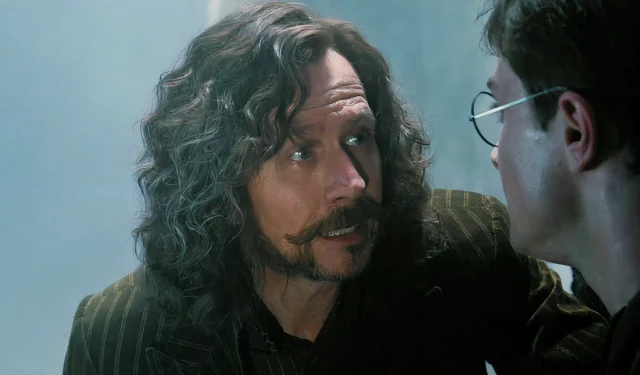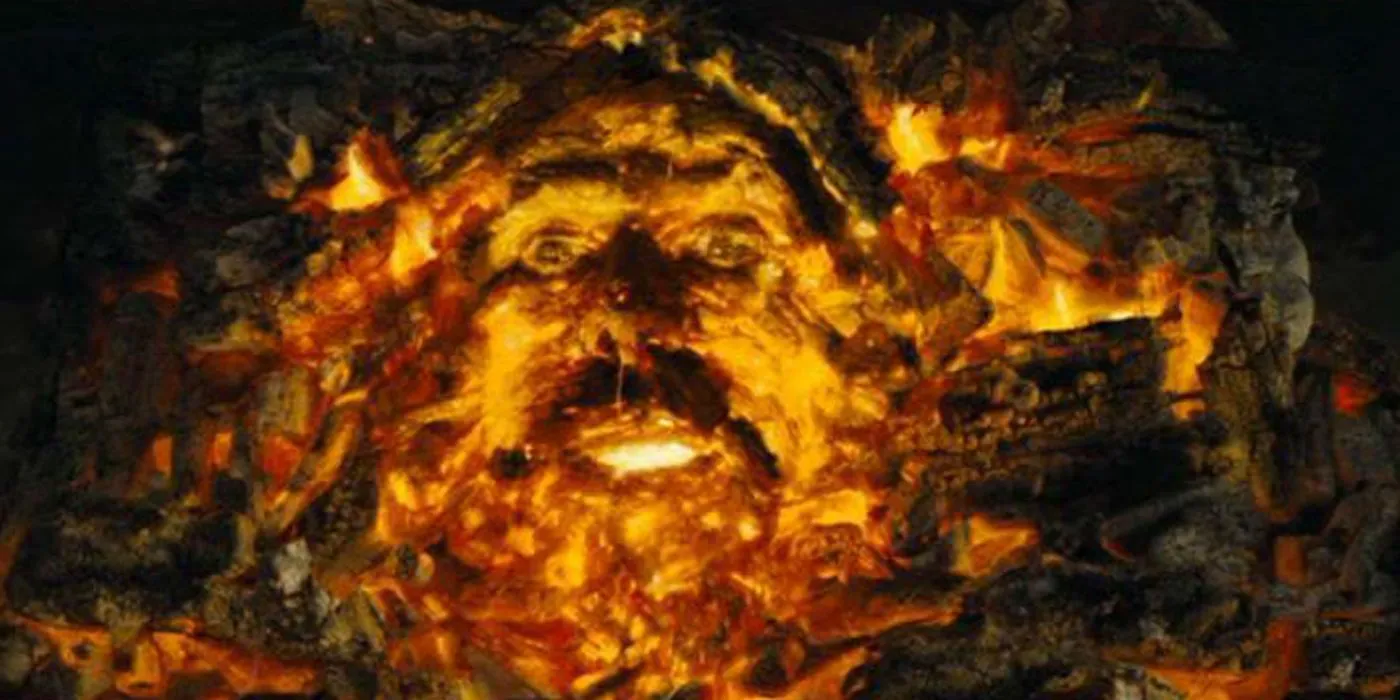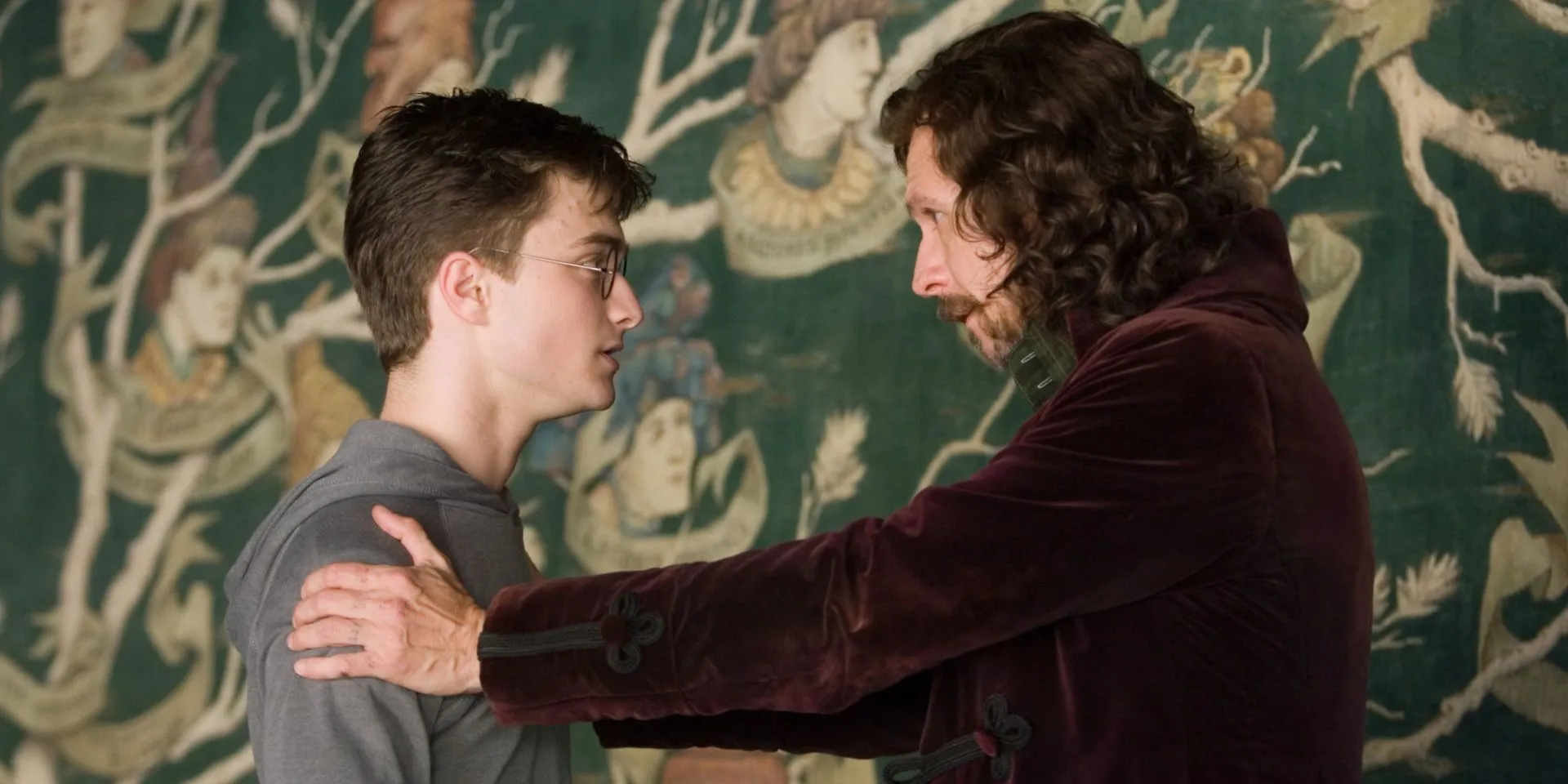
Visual effects (VFX) artists have shared their diverse perspectives on a particular scene featuring Sirius Black (portrayed by Gary Oldman) in the Harry Potter film series. This moment is derived from the fourth book, Harry Potter and the Goblet of Fire, where Sirius communicates with Harry Potter (Daniel Radcliffe) through the Floo Network. Rather than physically traveling to Hogwarts, Sirius’s head appears in the fire, allowing for a unique form of communication.
In a recent analysis by Corridor Crew, a team of VFX specialists dissected the techniques used to create this scene and highlighted the alterations made from the original text. The book describes the scene as “Sirius’s head sitting in the fire,”but in the film, his visage emerges from the glowing coals, eliminating the flames altogether. The analysis notes how these adjustments impact the scene’s effectiveness and contribute to its visual messaging.
I think [the face] is an actual 3D model that’s been animated based off his face and his performance, but I think it’s an actual render.
The vast majority of what we’re looking at is full CG. Pretty much all of it has been fully replaced.
It looks like there’s a very clear mask where the embers kind of shift underneath the other logs, so you’re saying all of that burnt wood is CG?
Pretty much the entire bed is CG, and the face itself, Gary Oldman did his performance with tracking marks on the face. They reconstructed the face in 3D, and they basically just caked him in dynamic wood pieces. And I do believe that there is also a certain level of compositing in his performance footage too, specifically in the eyes and the nose, the contrast there, I believe they did some sort of filtering on that footage to layer it in.
It just looks so bizarre with the pupils standing out so clearly like that.
I feel like these days you could do this pretty quickly by using lockdown and after effects, just get a wood-like texture on somebody’s face using an AI-style transfer, or literally just putting stuff on it, grabbing patches of bark, and then you can use lockdown, and you can still do the physics simulations around it with a much simpler face model.
I know it’s not what it says in the book. His face appears in the flames. What do you do when there’s no flames, though? Granted, they could have had the fire, but it’s coals, so this is kind of a fun, unique way of showing it and I really like the aesthetic.
Implications for the Harry Potter Series
Visual Effects: Effectiveness and Limitations

Having escaped from Azkaban and played a critical role in previous installments, Sirius’s presence in Goblet of Fire is notably diminished, culminating in this single conversation with Harry. The creative decision to visualize Sirius’s head through coals creates a memorable aesthetic, yet it inadvertently detracts from the significant dialogue and the crucial insights shared between the two characters. Critics argue that this alteration makes the stunning visuals feel more like distractions rather than enhancements.
This distraction is compounded by the fact that some of the visual effects have not aged well compared to modern standards. Advances in VFX technology have introduced more efficient methods to achieve similar effects, which makes this 2005 rendering appear somewhat outdated. While the scene isn’t fundamentally poor, it definitely lacks the visual finesse displayed in other parts of the Harry Potter franchise.
Insights on Corridor Crew’s Analysis
Potential Enhancements in HBO’s Upcoming Series

The critiques of the scene lead to interesting considerations for the upcoming HBO adaptation of the Harry Potter series. The latest advancements in visual effects technology could significantly improve the appearance of Sirius’s head emerging from the fire, enhancing both authenticity and immersion for viewers. Additionally, the potential to incorporate omitted scenes from the Goblet of Fire film adds an exciting narrative dimension, as each season will be dedicated to a single book.
In conclusion, the new HBO series holds promise for a richer storytelling experience, potentially overcoming some of the original film’s shortcomings while tapping into contemporary visual effects capabilities.
Source: Corridor Crew




Leave a Reply